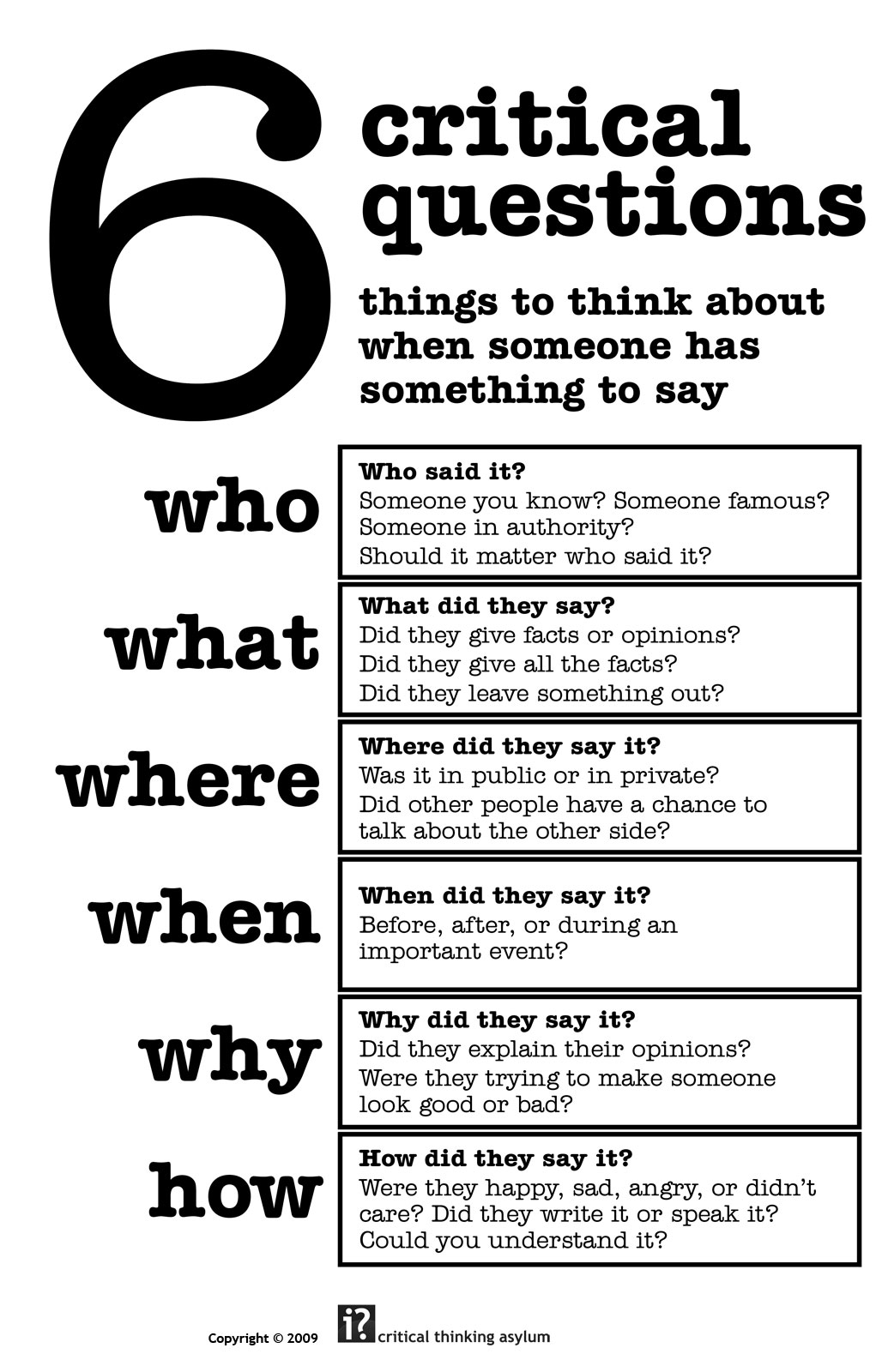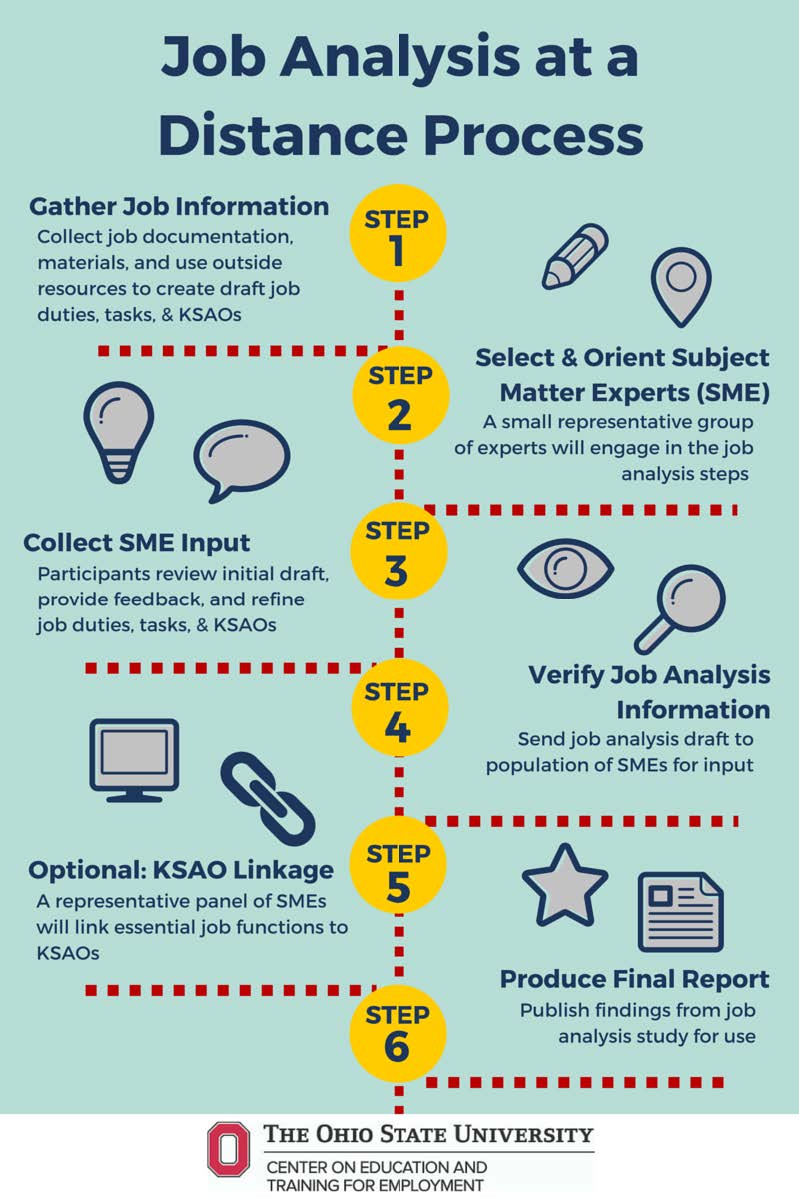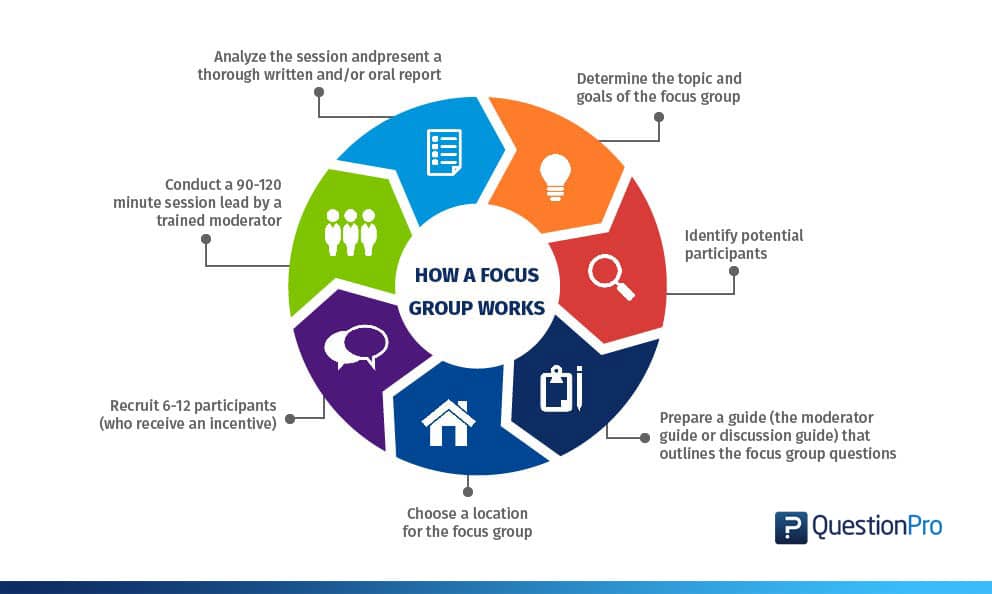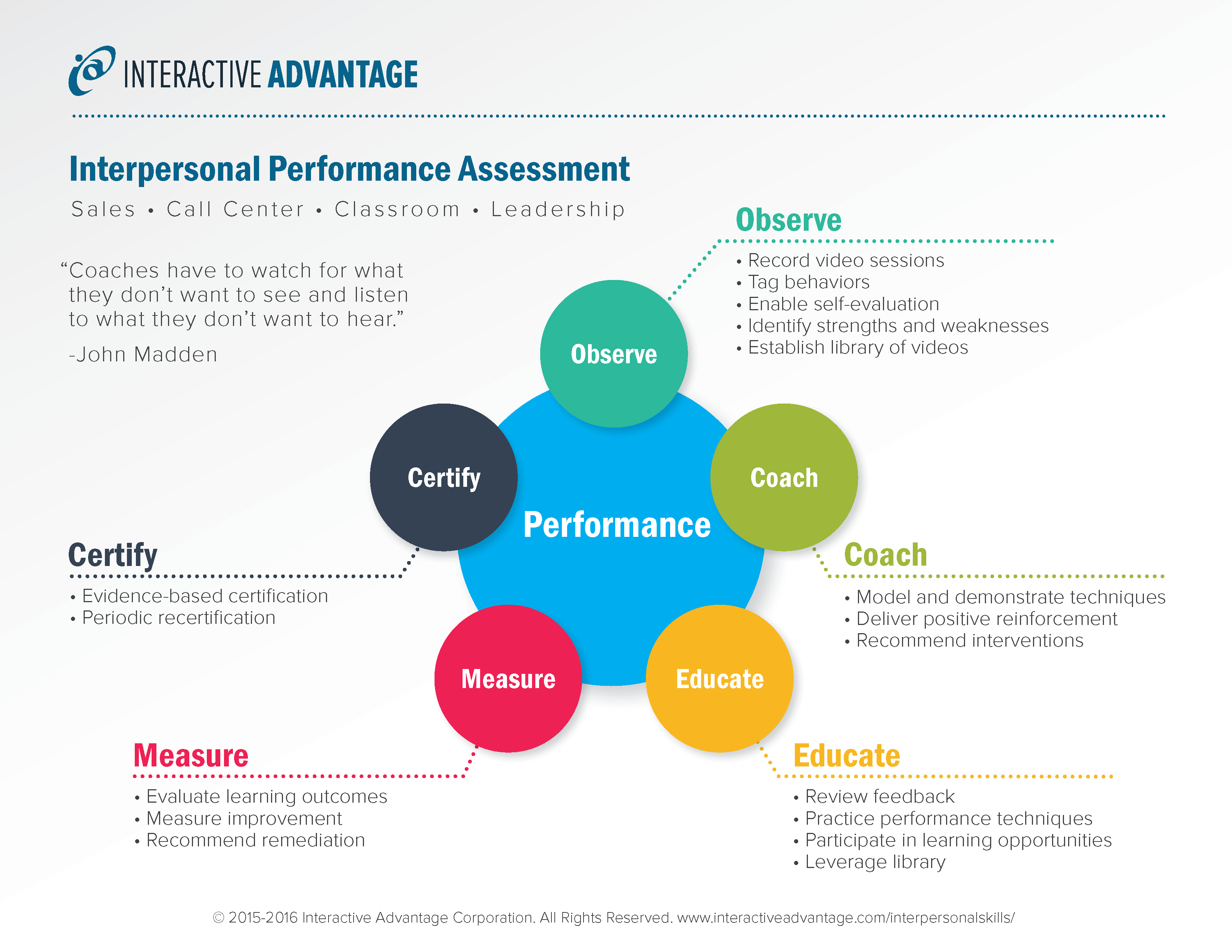POPIT Model
The POPIT Model is a straightforward tool that applies an aggregated approach to considering various components of an organization with the intent to modify or enhance a current business process, keeping in mind those components and related variables. The tools allow for an overview of the functioning of an organization, processes, people, and technology resources and the predicted impact considered change may have.
People: The human resources that implement the work necessary for the business to produce and supply their end user (buyer or client). This may also include company culture or how management is structured.
Organization: The foundation, organization, and the chosen models that guide business practices.
Process: An outline of procedures that assist the production of goods or services aligned with business offerings. A process can mean many things, for example, it may include organizational policies that serve as a guideline for making decisions or taking actions that impact the organization in some way.
Technology: The hardware or software resources that aid the needs of an organization and its relevant components.
The POPIT Model can help consider an array of factors that influence an organization’s most crucial resources. It can also help to reduce or avoid future risks or expose opportunities that offer benefits aligned with business needs and goals. Though a holistic approach, the POPIT Model can be a valid tool for gauging possible risks, opportunities, and the overall impact of either to a business or the components and resources within the business.

References
Reimagining the POPIT Model (2018). Assist Knowledge Development. Retrieved on April 12, 2019 from www.assistkd.com/knowledge-hub/business-alchemists-blog/reimagining-popit-model.
POPIT 4 View Model. Retrieved on April 11, 209 from https://i.ytimg.com/vi/zppqeox8pus/maxresdefault.jpg









